Apron Sink Installation Benefits

Spring and summer are ideal for apron sink installations due to better weather conditions and easier access.

Installing during dry, mild weather minimizes delays and complications.
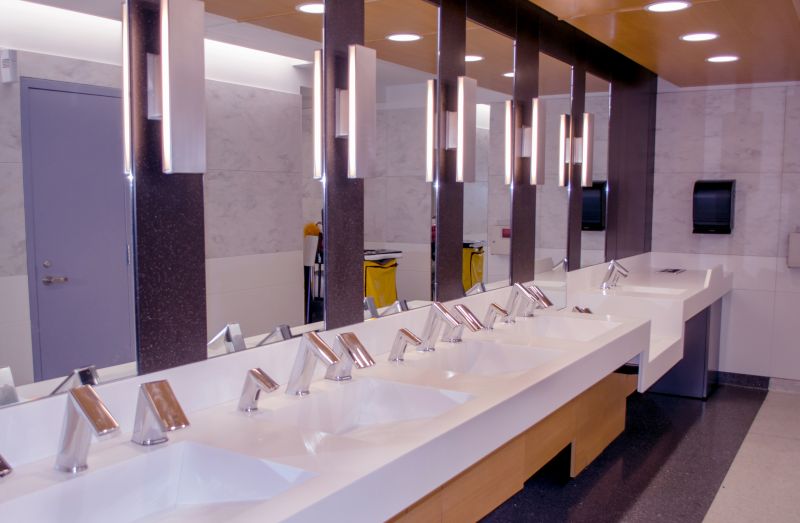
Off-peak seasons often provide more scheduling options and potentially lower costs.
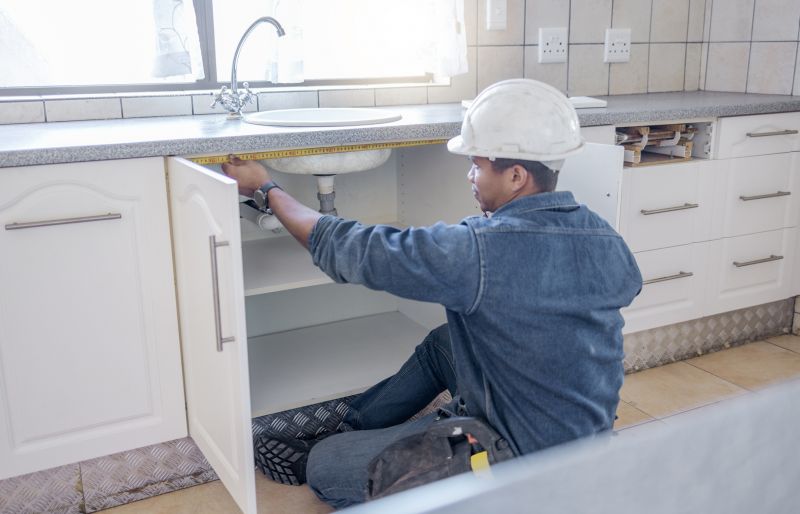
Ways to make Apron Sink Installations work in tight or awkward layouts.
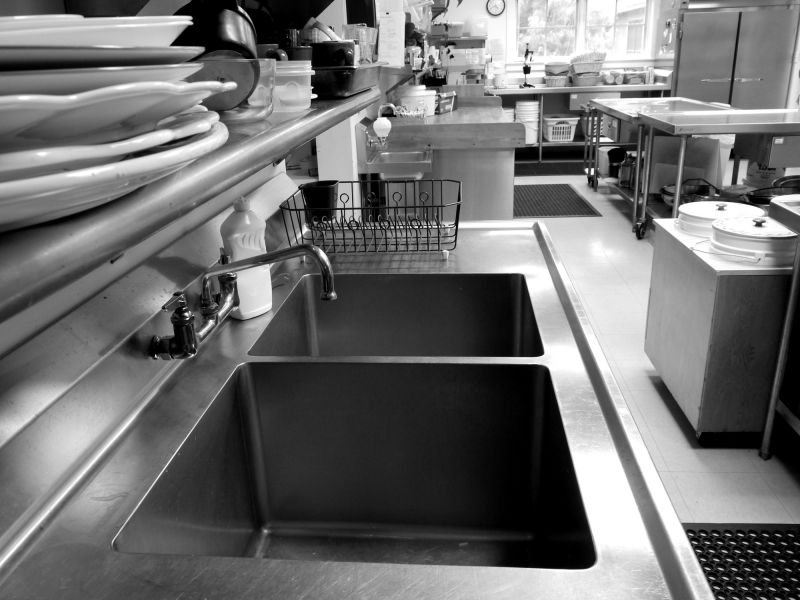
Popular materials for Apron Sink Installations and why they hold up over time.
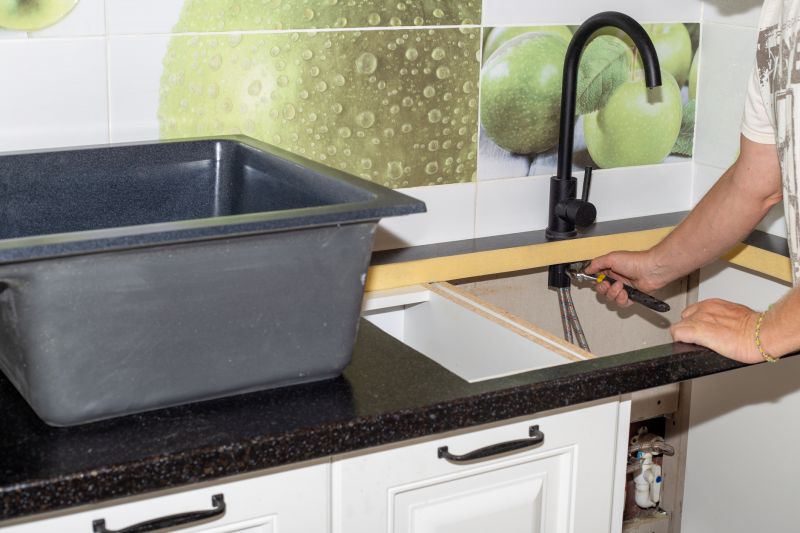
Simple add-ons that improve Apron Sink Installations without blowing the budget.
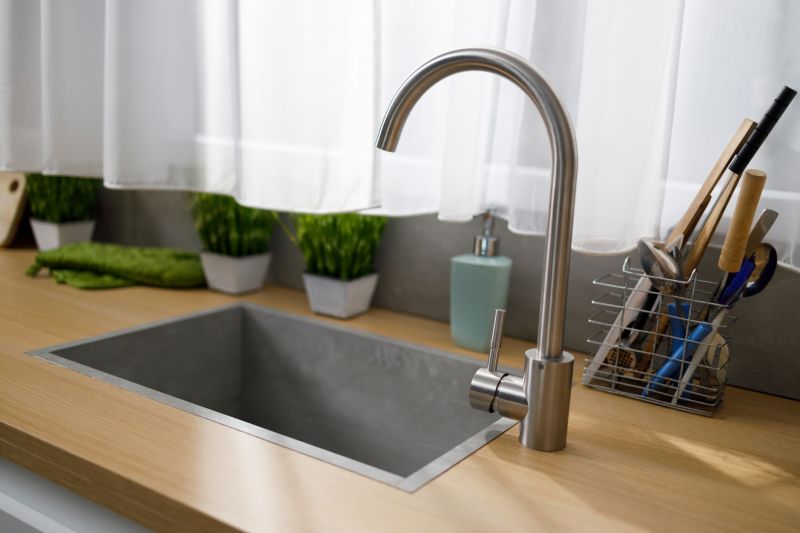
High-end options that actually feel worth it for Apron Sink Installations.
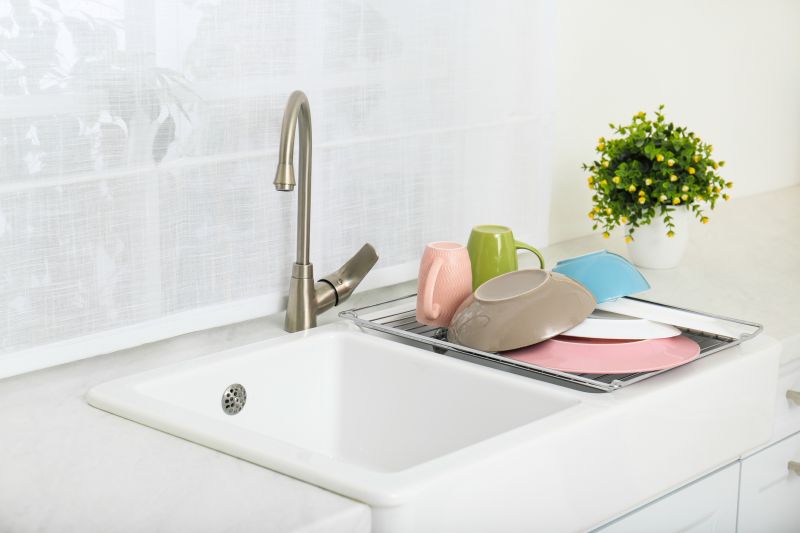
Finishes and colors that play nicely with Apron Sink Installations.
Apron sink installations involve mounting a deep, front-facing sink into a countertop, often requiring precise measurements and secure fitting. These sinks are popular for their aesthetic appeal and functionality, especially in farmhouse or rustic kitchen designs. Proper installation ensures durability, prevents leaks, and maintains the integrity of the surrounding cabinetry. Statistics indicate that apron sinks account for approximately 20% of residential kitchen renovations, reflecting their rising popularity.
Ensure the countertop and plumbing are ready before scheduling the installation.
Choose durable materials like fireclay, stainless steel, or cast iron for longevity.
Hiring experienced installers can reduce errors and ensure a proper fit.
Typically, installation takes between 4 to 8 hours depending on complexity.
| Aspect | Details |
|---|---|
| Best Seasons | Spring, Summer |
| Weather Conditions | Dry, mild weather preferred |
| Scheduling | Off-peak seasons offer more flexibility |
| Preparation Needed | Countertop and plumbing readiness |
| Installation Duration | Approximately 4-8 hours |
| Material Options | Fireclay, stainless steel, cast iron |
| Cost Influences | Material, size, labor |
| Post-Installation Checks | Sealing, plumbing verification |
